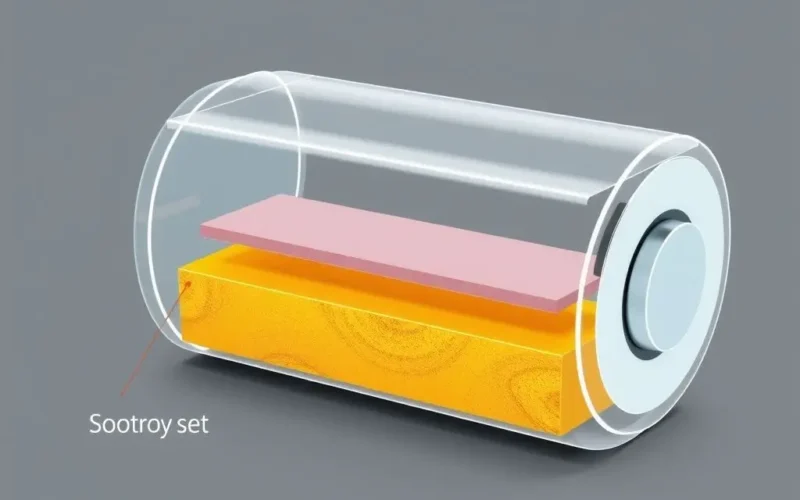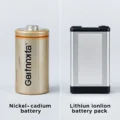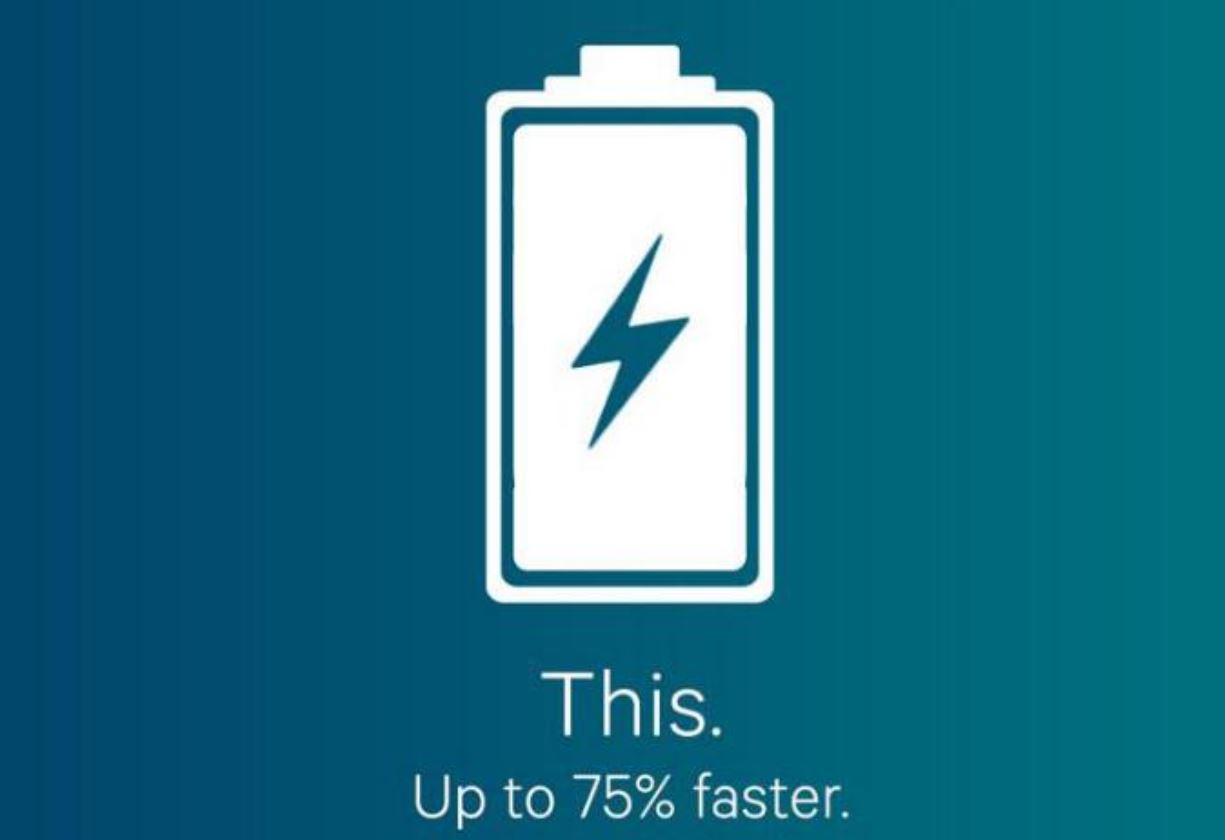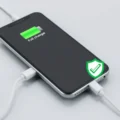Ever found yourself staring forlornly at a low battery icon just when you need your device most? That familiar pang of ‘low battery anxiety’ is something most of us know all too well. We rely on batteries for everything from powering our morning scroll to keeping our electric cars running, yet they often feel like the bottleneck in our increasingly mobile and connected lives.
But what if that frustration was about to become a distant memory? Imagine a world where your phone lasts not just until dinner, but for *days*. Picture an electric vehicle journey spanning vast distances on a single charge, or your laptop powering through an entire work week without needing an outlet. This isn’t just wishful thinking; the future of battery technology is poised for a monumental leap.
Before we dive into the exciting possibilities, why not take a quick peek at the near future of power? We put together a short video highlighting some key upcoming changes:
Pretty exciting, right? Faster charging, longer life, more power – it sounds like magic, but it’s the result of intense research and development happening right now.
Table of Contents
Why Current Batteries Leave Us Wanting More
Today, the vast majority of our rechargeable devices run on Lithium-ion (Li-ion) batteries. They were revolutionary when they first hit the market, offering higher energy density and longer cycle life than their predecessors like NiCd or NiMH. However, Li-ion tech, while constantly improving, has inherent limitations:
- Energy Density: While good, there’s a ceiling to how much energy you can pack into a Li-ion cell of a certain size and weight. This limits how long devices can run or how far EVs can travel.
- Charging Speed: Rapid charging can stress the battery, leading to degradation and potentially safety issues. True ‘minutes, not hours’ charging is difficult without significant trade-offs.
- Lifespan: Li-ion batteries degrade over time and charge/discharge cycles, reducing their capacity.
- Safety: The liquid electrolyte used in Li-ion batteries is flammable. Damage, overheating, or manufacturing defects can lead to thermal runaway, causing fires.
- Materials: Relying heavily on cobalt and nickel raises concerns about supply chain ethics, cost volatility, and environmental impact of mining.
These challenges are the driving force behind the push for next-generation battery technologies.
The Vanguard of the Future: Next-Gen Battery Technologies
The research world is buzzing with potential successors to Li-ion, each promising to tackle its limitations. Here are some of the most promising contenders:
Solid-State Batteries (SSBs)
Often hailed as the holy grail of battery tech, Solid-State Batteries replace the flammable liquid electrolyte in Li-ion batteries with a solid material. This seemingly simple change unlocks a cascade of benefits:
- Enhanced Safety: Without a flammable liquid, the risk of thermal runaway and fires is drastically reduced. SSBs are inherently more stable, even if punctured or damaged.
- Higher Energy Density: Solid electrolytes allow for the use of lithium metal anodes, which can store significantly more energy than the graphite anodes used in most Li-ion batteries. This means smaller, lighter batteries for the same capacity, or much higher capacity for the same size.
- Faster Charging: The solid structure can potentially handle much higher charging currents without the detrimental side effects seen in liquid electrolytes, enabling ultra-fast charging.
- Longer Lifespan: SSBs are expected to endure more charge/discharge cycles with less degradation compared to Li-ion.
- Wider Temperature Range: They can often operate more efficiently in extreme temperatures.
Companies like Toyota, Solid Power, and QuantumScape are heavily invested in bringing SSBs to market, particularly for electric vehicles where the benefits of energy density and safety are paramount.
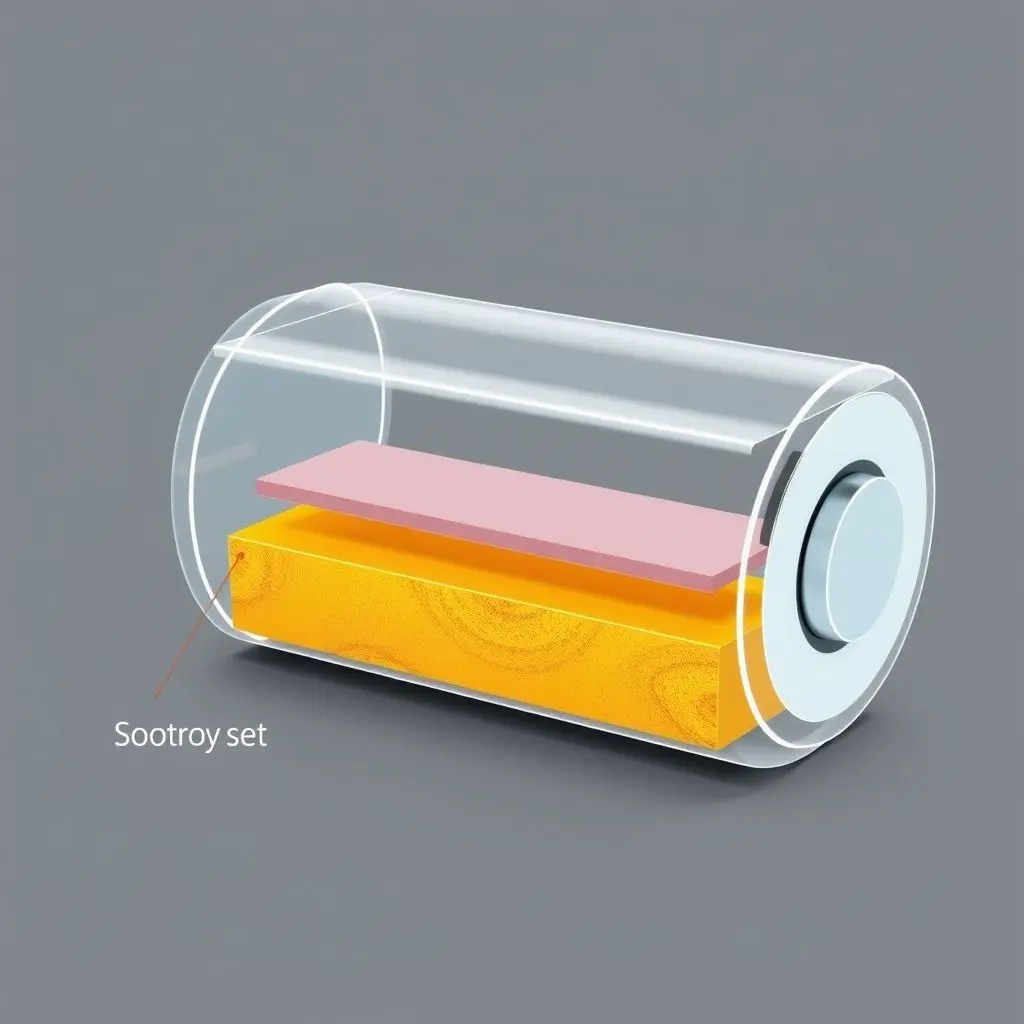
Silicon Anodes
Current Li-ion batteries typically use graphite for the anode. Silicon can store dramatically more lithium ions than graphite (theoretically over 10 times more!). Replacing or augmenting graphite with silicon in Li-ion batteries can significantly boost energy density.
The challenge? Silicon expands and contracts massively during charging and discharging, which can cause it to crack and break apart, leading to rapid capacity loss. Researchers are developing various strategies, like creating nanoscale silicon structures or incorporating silicon into composite materials, to mitigate this volume change and make silicon anodes practical.
Lithium-Sulfur (Li-S) Batteries
Lithium-Sulfur batteries use a lithium metal anode and a sulfur cathode. Sulfur is abundant, cheap, and environmentally friendly. Theoretically, Li-S batteries offer incredibly high energy density – potentially double that of current Li-ion.
However, they face significant hurdles: the formation of polysulfides (soluble intermediates that shuttle between electrodes, causing capacity fade) and the instability of the lithium metal anode. Solving these issues is key to commercializing Li-S tech, which could be ideal for applications needing high energy density at a lower cost, like drones or long-range EVs.
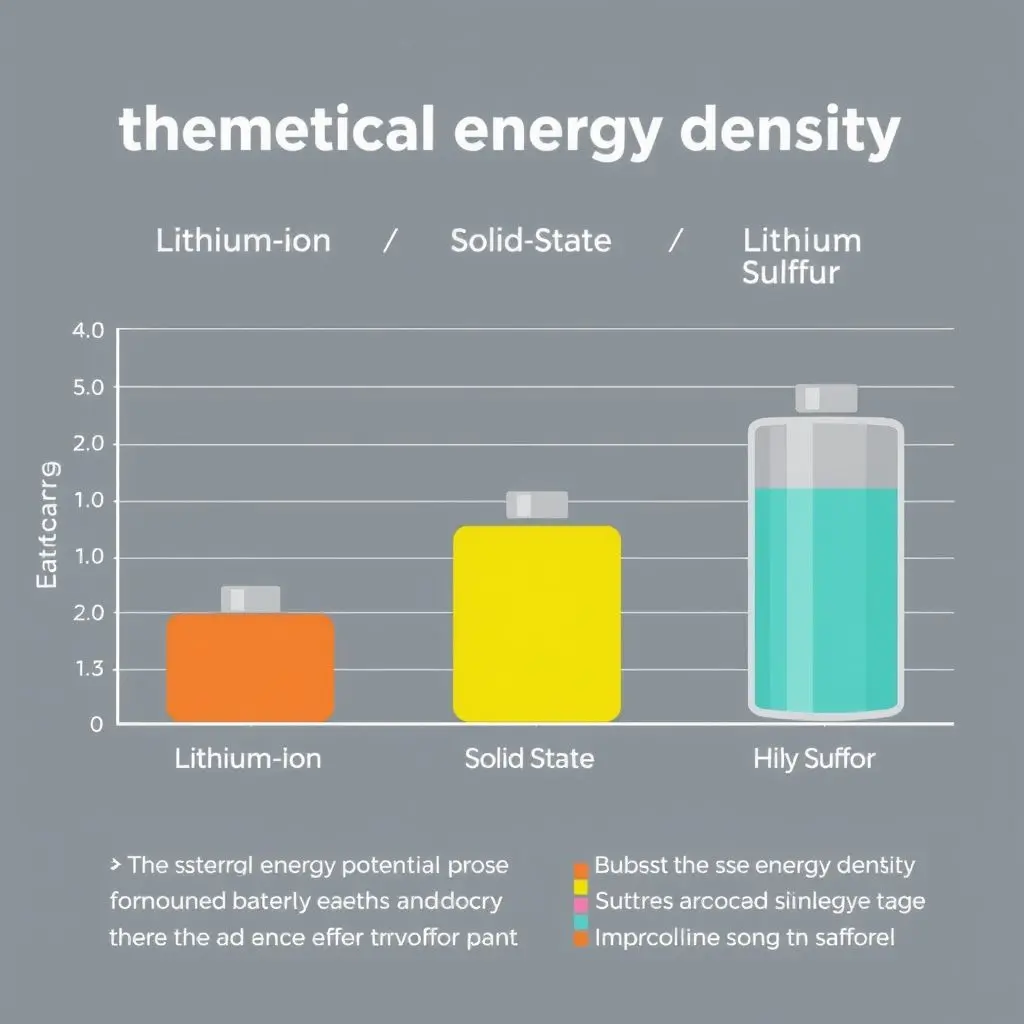
Other Promising Avenues
Research continues into other concepts like:
- Lithium-Air (Li-Air): Extremely high theoretical energy density, potentially comparable to gasoline, but complex chemistry and stability issues.
- Sodium-ion Batteries: Sodium is much more abundant and cheaper than lithium. While generally lower energy density than Li-ion, they could be viable for stationary grid storage or lower-cost applications where weight is less critical.
- Flow Batteries: Store energy in external tanks of liquid electrolytes. Scalable for large-scale grid storage, offering long lifespan and safety, but typically lower energy density than Li-ion.
Transformative Impact Across Industries
These advancements aren’t just incremental upgrades; they promise to fundamentally change how we use technology and energy:
- Consumer Electronics: Imagine smartphones and laptops that last for days on a single charge, smartwatches that need charging only weekly, and wireless earbuds with significantly longer playback times. Faster charging means less downtime.
- Electric Vehicles (EVs): This is perhaps where the impact is most significant. Higher energy density means longer range, addressing a major consumer concern. Faster charging makes ‘refueling’ an EV much quicker. Improved safety and lifespan lower the total cost of ownership.
- Grid Storage: Next-gen batteries, particularly safer and potentially cheaper options like Sodium-ion or Flow batteries, are crucial for storing renewable energy (solar, wind) and stabilizing the grid, paving the way for a more sustainable energy future.
- Aerospace & Drones: Lighter, more powerful batteries enable longer flight times and heavier payloads for electric aircraft and drones.
- IoT & Wearables: Tiny, long-lasting batteries are essential for powering the ever-increasing number of connected devices and wearables.
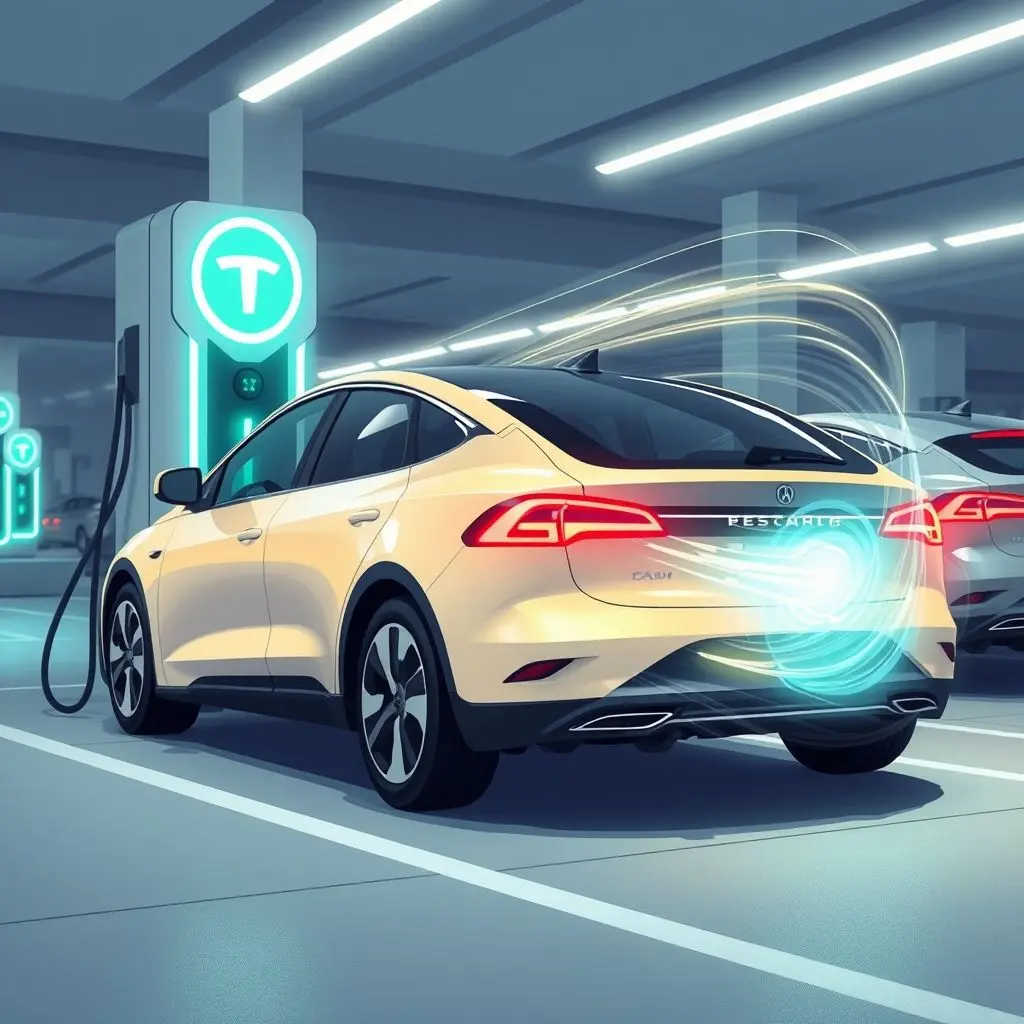
The Road Ahead: Challenges to Mass Adoption
While the potential is immense, getting these technologies from the lab to mass production involves significant hurdles:
- Cost: Early iterations of new technologies like SSBs are expensive due to complex manufacturing processes and potentially costly materials. Scaling production to bring costs down is a major focus.
- Manufacturing & Scaling: Building gigafactories capable of producing these new battery types at scale requires massive investment and overcoming significant engineering challenges.
- Material Sourcing: While some technologies aim to reduce reliance on cobalt, they may introduce new material requirements (e.g., lithium metal for SSBs, sulfur for Li-S) that have their own supply chain challenges.
- Performance & Durability: Ensuring consistent performance, long cycle life, and reliability in real-world conditions across millions of units is a complex process requiring extensive testing and refinement.
Don’t expect your current phone to suddenly sprout a solid-state battery next year. The transition will be gradual, likely starting with high-value applications like premium EVs before filtering down to consumer electronics. It might take years, even a decade, for some of these technologies to become truly mainstream.
Looking Ahead: What to Anticipate
The immediate future will likely see continued improvements in existing Li-ion technology – better energy density through silicon-enhanced anodes, faster charging, and improved safety. Parallel to this, we’ll witness the first commercial deployments of solid-state batteries, initially in niche or high-end applications. As manufacturing matures and costs decrease, expect these revolutionary batteries to become more common, first in EVs, then potentially trickling down to larger consumer electronics.
Beyond solid-state, technologies like Li-S and Sodium-ion could find their place, potentially revolutionizing other sectors like grid storage or specific types of transportation. The pace of innovation is accelerating, driven by consumer demand, environmental goals, and technological breakthroughs.
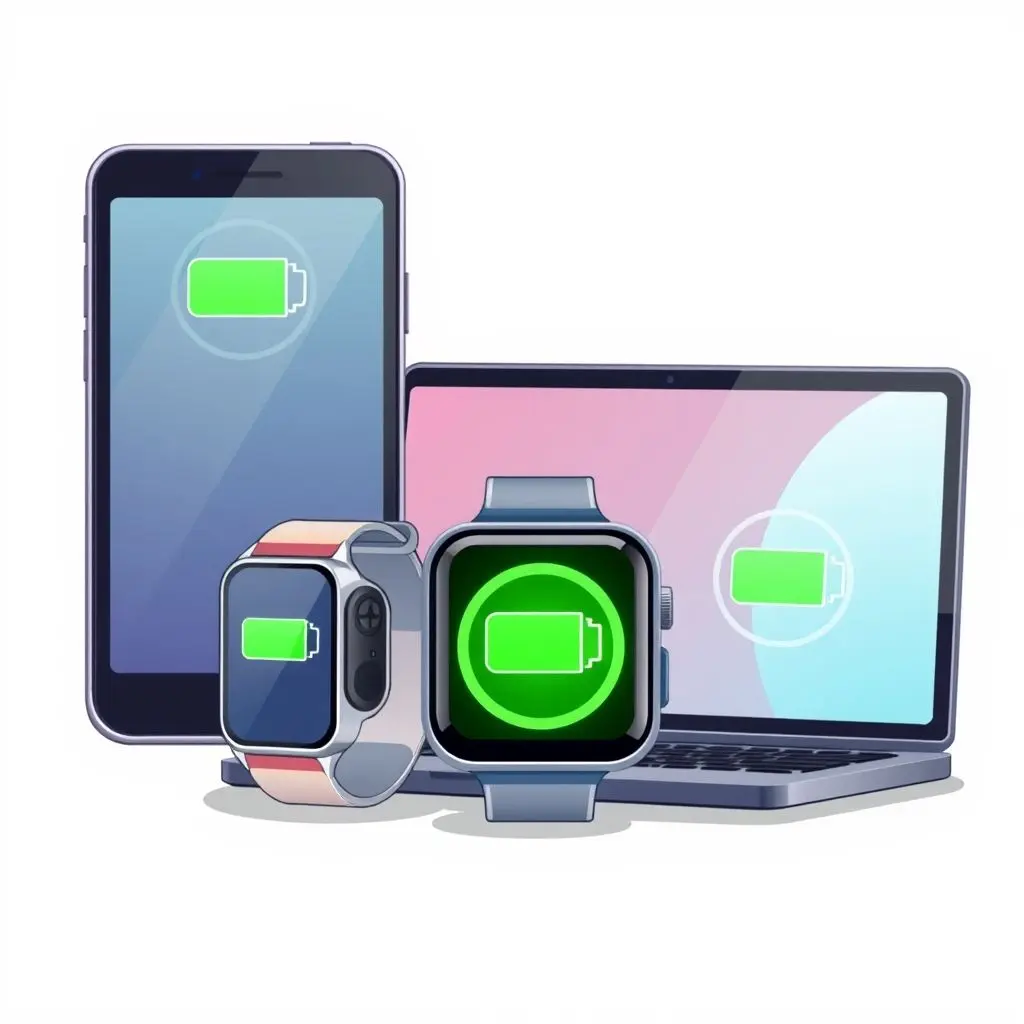
Frequently Asked Questions About Future Batteries
Q: When will solid-state batteries be in my phone?
A: While some prototypes exist, widespread adoption in smartphones is likely still several years away, possibly later in the decade. EVs are a more probable initial mass-market application.
Q: Will future batteries be cheaper?
A: Initially, new technologies tend to be more expensive. However, as manufacturing scales and processes optimize, the cost per unit of energy stored is expected to decrease over time, making devices and EVs potentially more affordable.
Q: Are these new batteries safer?
A: Yes, technologies like solid-state batteries inherently remove the flammable liquid electrolyte, making them significantly safer and less prone to thermal runaway compared to current Li-ion.
Q: How much faster will charging be?
A: Some next-gen technologies, particularly solid-state, have the potential for charging times measured in minutes (e.g., 0-80% in 10-15 minutes) rather than the typical 30-60+ minutes for current rapid charging, especially for large EV batteries.
Q: Will my old chargers work with new batteries?
A: It’s likely that new battery chemistries and architectures will require new charging protocols and potentially new charger hardware to take full advantage of their capabilities (e.g., ultra-fast charging). However, devices might maintain backward compatibility for slower charging when possible.
Powering Tomorrow
The future of battery technology is bright, promising to unshackle us from power outlets and fundamentally reshape our interaction with technology and energy. From zipping around in long-range EVs to enjoying days of use from our portable devices, the upcoming advancements are set to make our world less tethered and significantly more dynamic. Get ready for a future powered by innovation!
